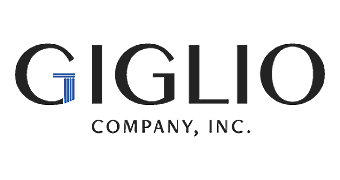Time and Money Are Obstacles, Not Objections
A client I was training described the following scenario:
“I want to sell on value, but throughout my presentation my customer kept bugging me about ‘How much is this going to cost?’ and ‘Just give me the bottom line.’ I wanted to get through my presentation before discussing price, but he was so adamant I felt evasive if I didn’t answer him. What could I have done?”
Most objections can be summed up in two phrases:
“I don’t have the time.”
“I don’t have the money.”
And once your client voices either or both objections, it’s one of the most volatile times of the meeting. However, if you keep a positive perspective and treat the objections as simply obstacles, not dead ends, you can then move the conversation towards your end goal.
Let’s deal with each of these separately.
Why Is Time a Factor?
It seems everyone is time strapped these days. So, when a client says they don’t have time, what they are really saying is that they believe they have more important issues/concerns on their mind. What does that tell you? Well, it tells me that you haven’t done a sufficient job creating an urgency around the solutions you are recommending. Are you having a mission-critical conversation? If so, why don’t they think it is? Dig into that gap and you’ll find what you have to communicate to create a more important conversation.
In the case of my client, I recommended she say, “Which aspect of the recommendation seems too time-consuming for you? Let’s review your objectives and quantify the time required so can discover if the time investment is greater than or less than the benefit of the solution. Ok?”
They Don’t Have the Money?
Of course your clients have money. But what they are saying here is, “We don’t have the money for you!”
When all a client talks about is money, their real concern is not cost…it’s profit. And what you’re presenting to them has value because it will ultimately make money for them….right? (If not, run out of the room!). Keep them focused on the ultimate profits, not the short-term costs.
When a client goes to price, it means they aren’t seeing the value. You have to demonstrate that value. And how do you do that? By asking the right probing questions up front so that you know where the value opportunities are for them. If you go at this without knowing their goals, short and long-term, there is really no way, except for dumb luck, that you will offer a solution that they will see as having value. You’d have a better chance of success in Vegas.
So, getting back to my client who was struggling with her presentation, here is what I recommended she say: “Clearly, you are concerned about your budget. What I’m recommending will benefit your bottom line. Once I lay out the proposal you will see how that will occur. By the time I’m done, I am confident you will understand the value. Can I continue?”
Remember that you aren’t the first, nor the last, to be faced with these two common objections. Treat them simply as obstacles and you will be among a smaller group that gets past them.
Have another common client objections? Let me know what it is below. – SG



